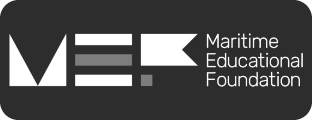Seafarers Education Service
Seafarers Education Service and the College of the Sea
Albert Mansbridge, Lord Gorell and Hon. Crawford Vaughan formed a Commission of the World Association for Adult Education and were the founding members of the Seafarers Education Service (SES). They held their first meeting at Old Jordans Hostel, Beaconsfield in December 1919.
The main driving force behind the idea of seafarers’ adult education was Albert Mansbridge, the founder of the Workers’ Educational Association. He was inspired by the poor conditions of seafarers he saw on his many voyages. He believed that education and the pursuit of knowledge were vital to the understanding between men and “an essential aspect of life in a democratic society”. SES’s first step to adult education was to establish crews’ library, onboard ships. Thanks to his co-operation with Lawrence Holt, the owner of the Blue Funnel Line, the first library was installed on board SS Aeneas, which sailed from London to Brisbane on 29th May 1920.
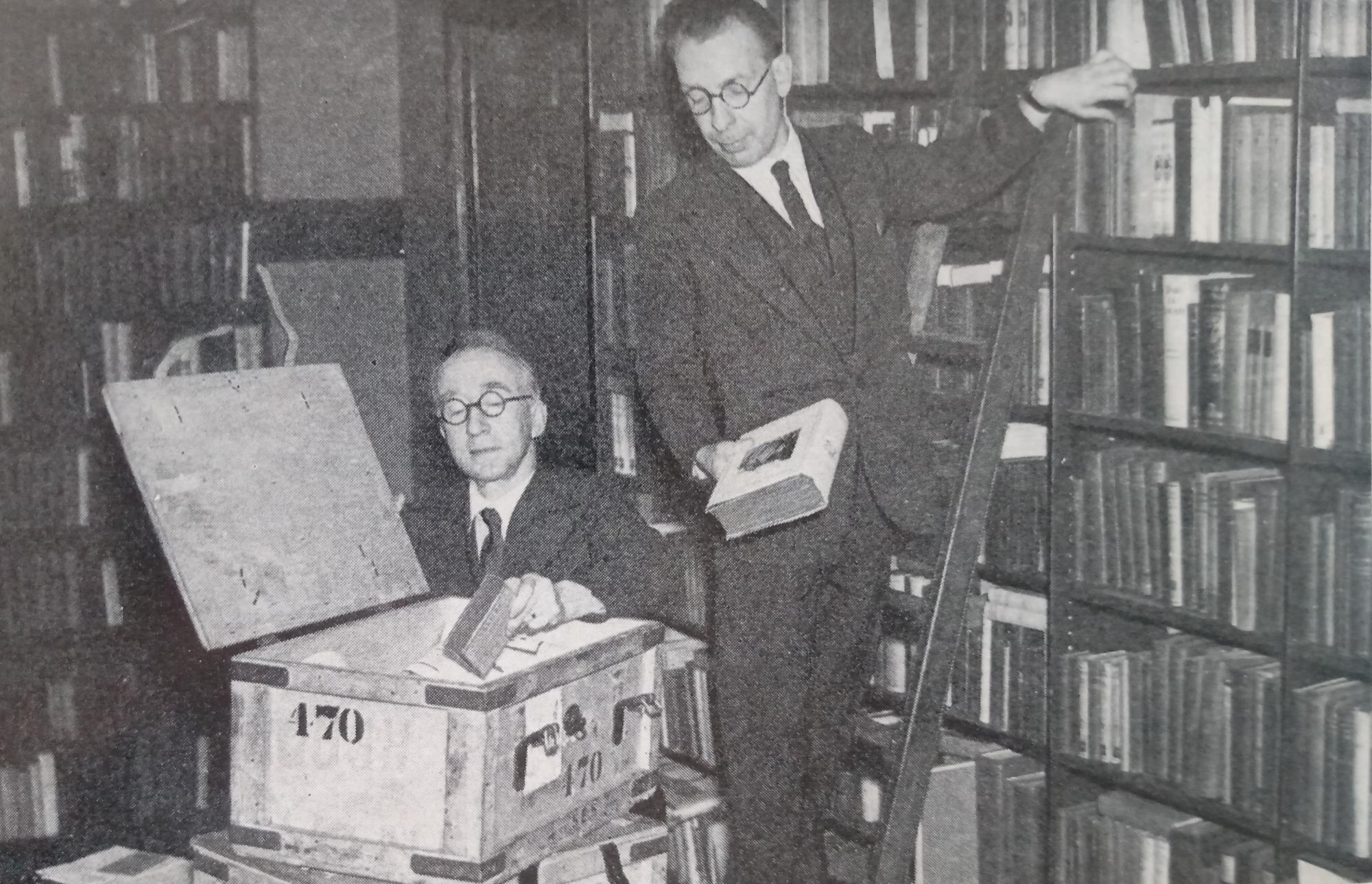
Early Days and Learning by Correspondence
In its infancy, the service experimented with film projectors as early as the 1920s, but it took another 30 years before films were used onboard safely and successfully for education and entertainment.
Alfred Holt & Company pioneered collections of vocal and pianoforte music on twenty of their ships which carried pianos in the officer’s smoke-room. The gramophone made a brief appearance but was quickly superseded by radio. SES also experimented with holding lectures on topics of general education in ports, particularly in Liverpool in 1927, which eventually led to the creation of the College of the Sea.
SES, together with the libraries, introduced personal loans to individuals and circulated reading lists in history from 1922. Seafarers were encouraged to seek further advice if they wanted to continue with their studies. It was noted at the second SES conference in 1925 that “a beginning had been made with the provision of other educational facilities, besides books”. The SES published a series of guides to reading lists in science in the same year. A member of the commission funded an essay writing contest which became so popular that the Service later introduced competitions for model-making, handicraft, paintings and photography.
The service slowly grew as an advice bureau on reading, exams and education. Its uniqueness lay in its highly personal and mainly informal methods to serve the individual needs of seafarers. Alfred Mansbridge established a network of honorary tutors. Due to his reputation and broad circle of friends and acquaintances from exceptional institutions such as Oxford and Cambridge, the College of the Sea acquired very distinguished teachers. Vocational education and formal correspondence courses were left to professional colleges better equipped for the provision of structured education.
Since the Service expanded fast, a small annual donation by the Friends of the Service was set up. The Seafarer, a quarterly journal, was first published in 1934. In 1935 Thomas Gray Memorial Trust was amongst the first providing funds to the Marine Society to assist young seamen to sit for the Board of Trade examination.
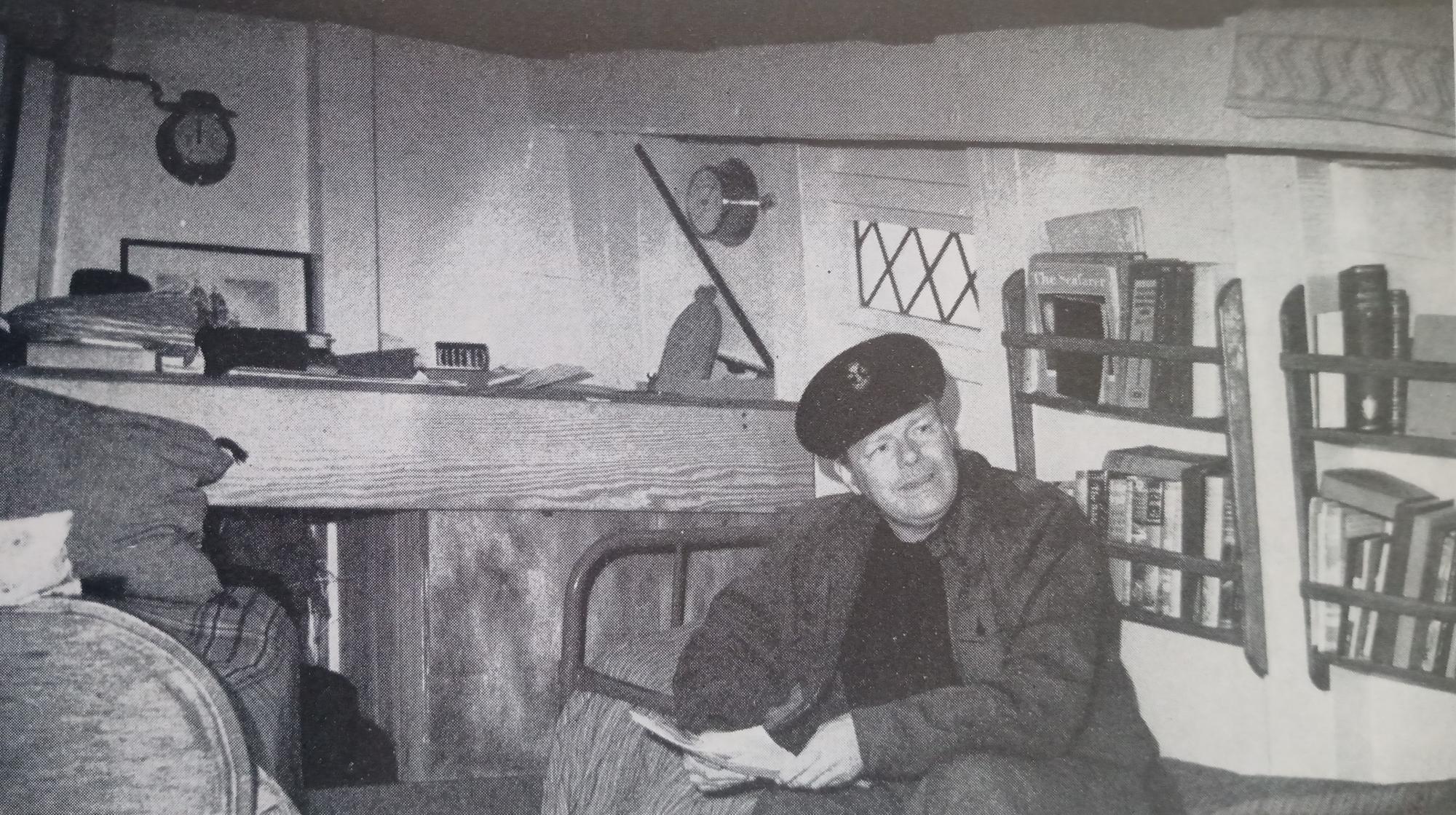
College of the Sea
Naturally developing from the educational work carried out by SES, the College of the Sea (CS) was established in 1938. The main advantage of the CS was that the tutors tailored the study materials to the individual seafarers' needs, and there were no set papers. Hundreds of specialist voluntary tutors onshore, mainly schoolteachers but also distinguished dons, provided learning to seafarers with one-to-one guidance in a subject of their choice, and information about general education from nautical schools.
Any seafarer could borrow books for the price of postage or a small hire fee for more expensive nautical textbooks. Students were interested in more than just studies, and many requested books on hobbies. To name the most popular ones: photography, woodwork, rug-weaving, rope-work, modelling, toy-making, basket-work, watch-repairing, or more unusual pursuits such as glove-making or tapestry work. One seafarer requested advice on caged birds and later took his canary to sea. Playing musical instruments was particularly popular, but seafarers also wanted to learn judo, ballroom dancing, fencing, and campanology. Tutors were sent on board to teach practical subjects such as painting, playing musical instruments, photography and keeping fit. Part-time paid tutors were hired for the high demanded subjects of Maths and English.
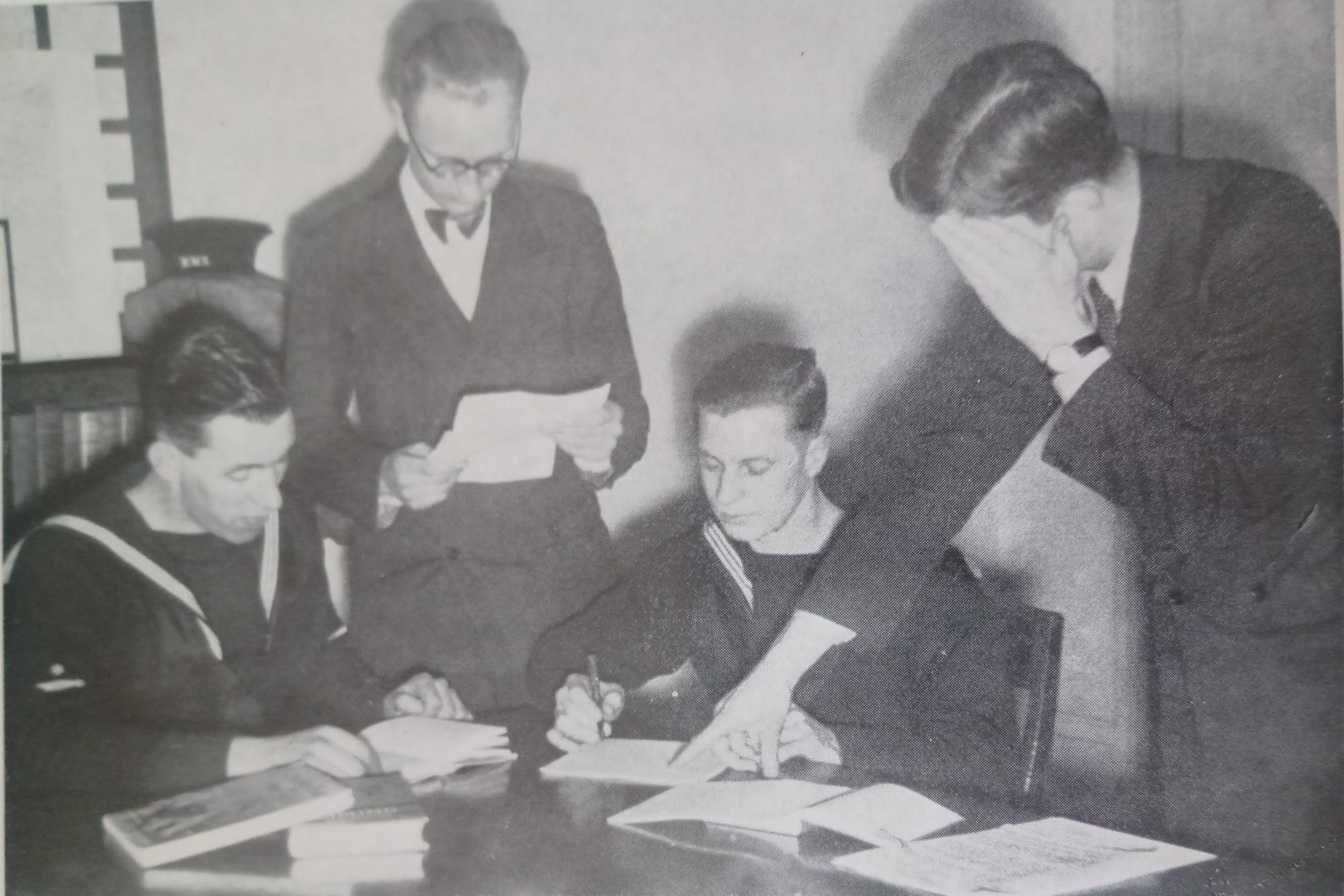
WWII
By WWII the College published a handbook outlining all the facilities available to seafarers. It included sections on reading, hobbies and crafts, guidance for self-study, notes for clerical and catering staff of ships, and English language and literature.
On the request of the Admiralty, the College extended its services to the Royal Navy, and nearly 8,000 men and women received some form of assistance. The workload increased rapidly, and by 1943 the CS assisted in seventy-eight different subjects to students of widely varying levels of the educational experience. In the face of these difficult circumstances, the number of honorary tutors increased to nearly twelve hundred and five part-time tutors were appointed. Mansbridge, as a Chairman and Sir William Hornell as a Resident Adviser, carried out this immense undertaking with only four other staff members.
The War Office developed a system of correspondence courses, and the College supplemented these efforts for those that did not fit into the formal system. The fruitful co-operation ended in 1946 with both parties gaining considerable knowledge.
Since Hanway founded the Marine Society in 1756, provision of uniform to young men starting their career at sea was one of the main objective of the Society. Each boy was instructed in basic seamanship techniques and provided with a uniform. WWII effectively ended the training of boys by the Marine Society (MS). Royal Navy used new recruitment methods, and as a result, the services of the Society were no longer needed. MS still supported young men pursuing a career in the Merchant Navy by providing a grant for the cost of their uniform, a life line for many of them. The final blow came with the emergence of the welfare state, changing the MS objective completely. The available funds were used for other projects.
Ronald Hope and the service from 1947 onwards
Finding new leadership was essential for the modernisation of the service after the war as both Albert Mansbridge and George Knowles, the Organising Secretary reached 70 by the end of the war. Ronald Hope was young, dynamic, with a degree in economics and an interest in adult education. He was the perfect candidate to take over and further develop the service. He took the post of Director of CS and SES in 1947 when he was only 26 and freshly out of Cambridge. Dr Hope was exceptionally talented and well connected from his Cambridge days and had great success in bringing some great names on board as tutors, following in Mansbridge’s footsteps.
Looking at improving the service, Dr Hope initiated a film library in 1954. The College pioneered language tapes and arranged for seafarers to attend classes in London when onshore. To cover the nautical subjects, the College made tapes on collision regulations, the law of salvage, charter-parties, marine insurance, and Morse code.
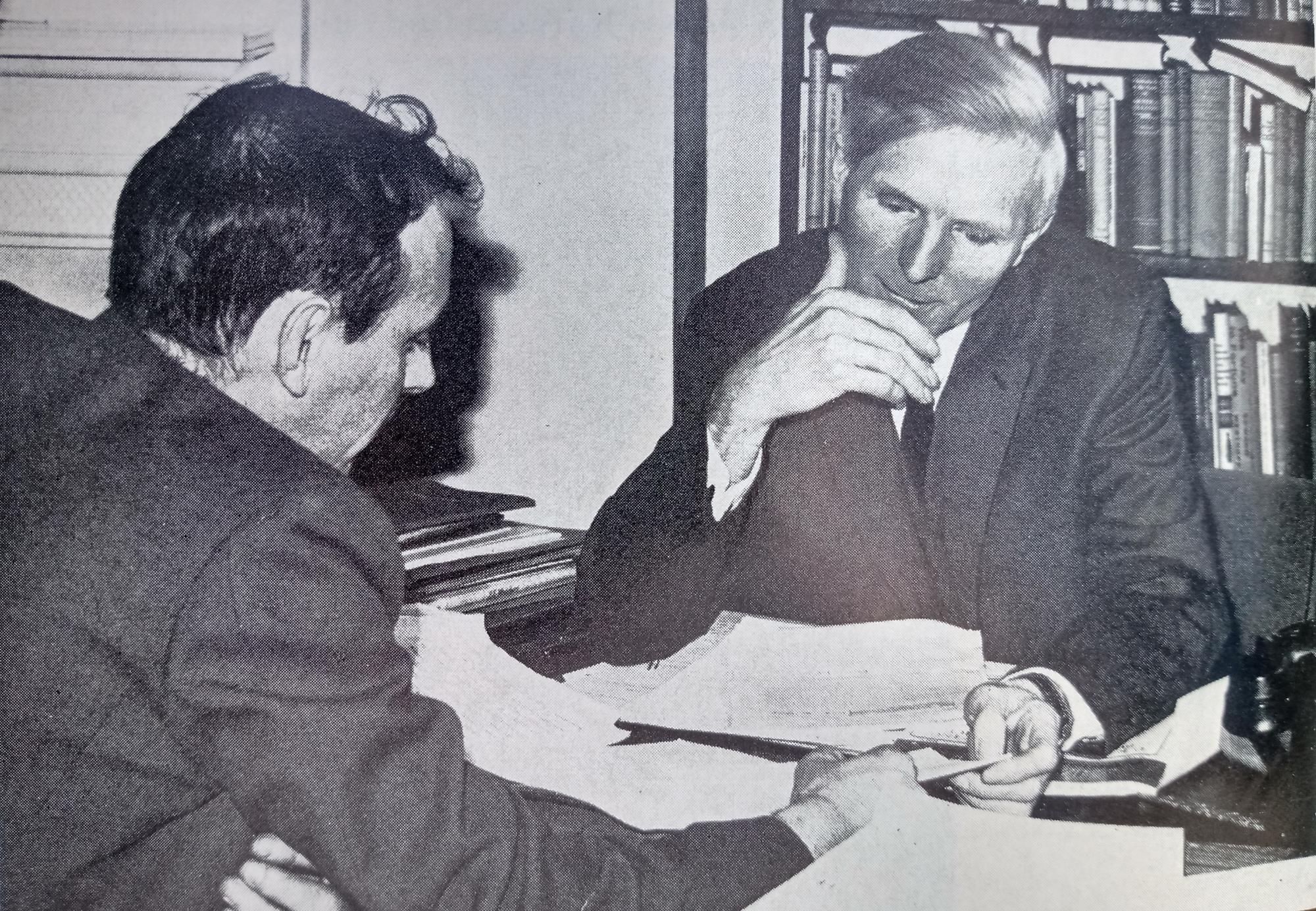
Video - the SES in the 1950s
Scholarships and Formal Exams
The College offered free tuition in English and Maths for young seafarers. It also facilitated funds from Thomas Gray Memorial Trust to cover the cost of professional correspondence courses and nautical textbooks. The Thomas Gray Memorial Trust was established in 1935 in memory of Thomas Gray, a senior surveyor for the Board of Trade, who was particularly concerned with improving professionalism amongst seafarers, in the latter half of the nineteenth century. The award of the Thomas Gray Silver Medal is in recognition of exceptional deeds of merit at sea, including service to seafarers in the broadest sense.
Tutors also helped seafarers pass the General Certificate of Education examinations (GCE) which eventually led to the exams being conducted on board ships. The University of London was first to agree in 1954, then many more institutions quickly followed. For many seafarers achieving an Advanced Level (A Level) pass in maths in combination with Master’s Certificate of Competency was a qualification allowing them to enrol for a degree course in nautical studies.
The 1960s and 1970s
In 1964, Dr Hope joined a Committee of the Marine Society, and along with its new secretary, Captain Charles Wickham Malins DSO DSC RN, they led the MS into a new era. In 1971, with help from Trinity House, they launched Nautical Institute, a trade union body for merchant seafarers.
In 1971 some 1,600 ships received libraries, and 3,000 film programmes were sent to over 300 vessels. More than 700 honorary tutors provided help to seafarers at sea, and the College received around 2,200 enquiries. Tutors were still sent onto ships with model kits and film libraries, whilst fitness instructors joined them in developing seafarers in all aspects. Seafarers looking to advance their qualifications received advice and financial support. Sea Lines, a former British Ship Adoption scheme which started in 1936, linked schools with merchant ships and encouraged an interest in a nautical career.
The service saw a sharp decline in the next twenty years. Crew numbers were steadily falling due to the rise of large tankers and containerisation, but also because ship-owners followed the flags of convenience in search of cheap labour or sold the ships outright. To survive, SES merged with the Marine Society in 1976 as their interests aligned.
The JW Slater Memorial Fund was set up in memory of John William Slater, general secretary of the Merchant Navy and Airline Officers Association (MNAOA). The Association set up the fund in 1977 to support seafarers studying for their first officer certificate of competency or STCW certification as John Slater had done. With a shared ethos of educational support to seafarers, Marine Society began to administer the Fund shortly after its inception. The Society continued to facilitate GCSE and A-levels exams until recently, however new digital programmes are helping Marine Society to stay relevant.
The New Organisation
The new organisation kept the older title of the Marine Society, and new premises were secured at 202 Lambeth Road in 1979. The enhanced Marine Society continued to provide educational services along with the provision of libraries. The Society consolidated its activities, ending the kits and film library services in the first half of the 1980s. Academic scholarship funds were set up from the proceeds of the sale of artefacts from the Worcester training ship, and properties belonging to Marine Society. Ronald Hope retired in 1986 and lieutenant commander Richard Frampton RN relieved him as a Director.
Video - the SES in the 1980s
The 2000s
The Society became a benefactor of the Sea Cadets Corps. It paid for and provided the training ships, Earl of Romney and Jonas Hanway to Sea Cadets, then merged with them in 2004.
The Hanway Scholarship was created in 2013 in memory of Jonas Hanway, one of the founders of the Marine Society in 1756. The fund was set up to support seafarers who need to take qualifications that are essential to work at sea or that will contribute to their continuing professional development where they didn’t meet the criteria of the Worcester or JW Slater Scholarships. . This ensured the Society was continuing to help those most in need to remain qualified to work at sea.
The College of the Sea is currently running a programme called Coming Ashore to help seafarers who want to transition from their career at sea to one shore side. Learn@Sea courses are continually being developed to cover a wide range of topics relevant to the seafarers’ education. Two of the most popular courses are Maths@Sea and English@Sea. English@Sea Plus was more recently developed, reflecting the fact that English is not the first language of many seafarers but is still the Lingua Franca of the seafaring world.
Distance learning now offers many opportunities that were not available to the seafarers in previous years, and with so many new resources available, the choice can seem overwhelming. To this day, Marine Society plays an important role in facilitating advice, guidance and tuition outside of regular education for those who would might otherwise not be able to progress with their education or career.
Today the Marine Society champions the well-being, personal and professional development of seafarers, by delivering a range of services that are used and respected by seafarers across the globe. We focus on educational development, financial support, while also providing resources, advice and guidance.
Find out more
If you wish to find out more, The National Maritime Museum in Greenwich holds the Marine Society’s historical records, which include a range of material from early council papers to boys helped by the charity and the ships they went to serve in.






